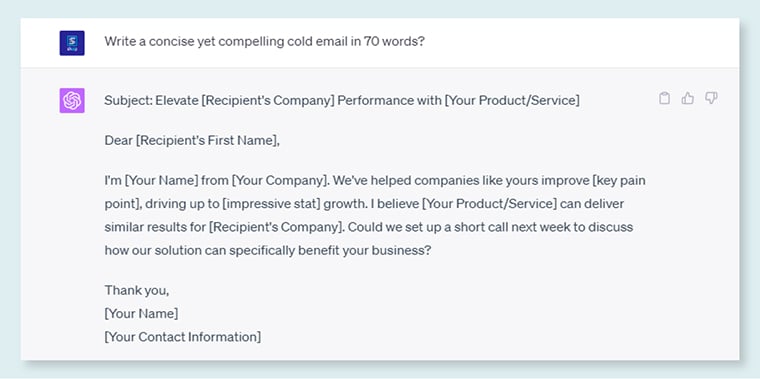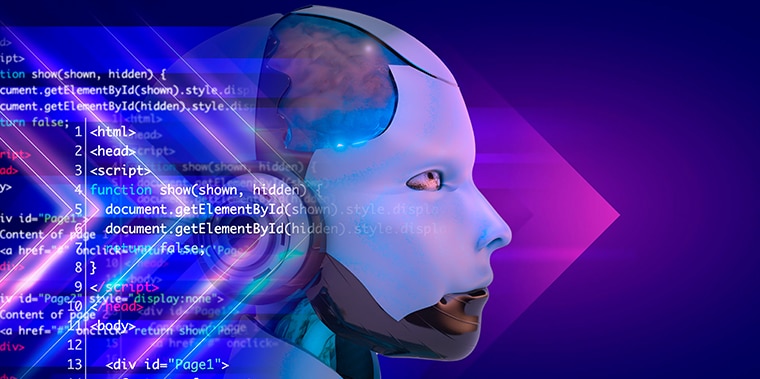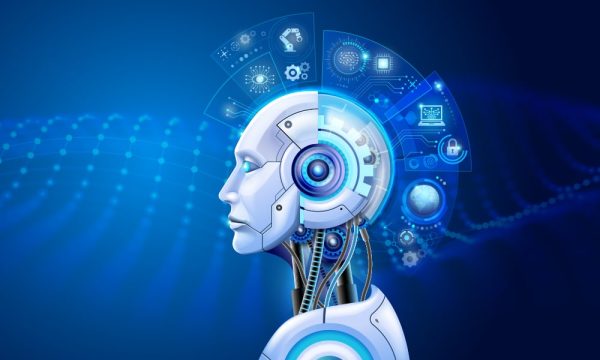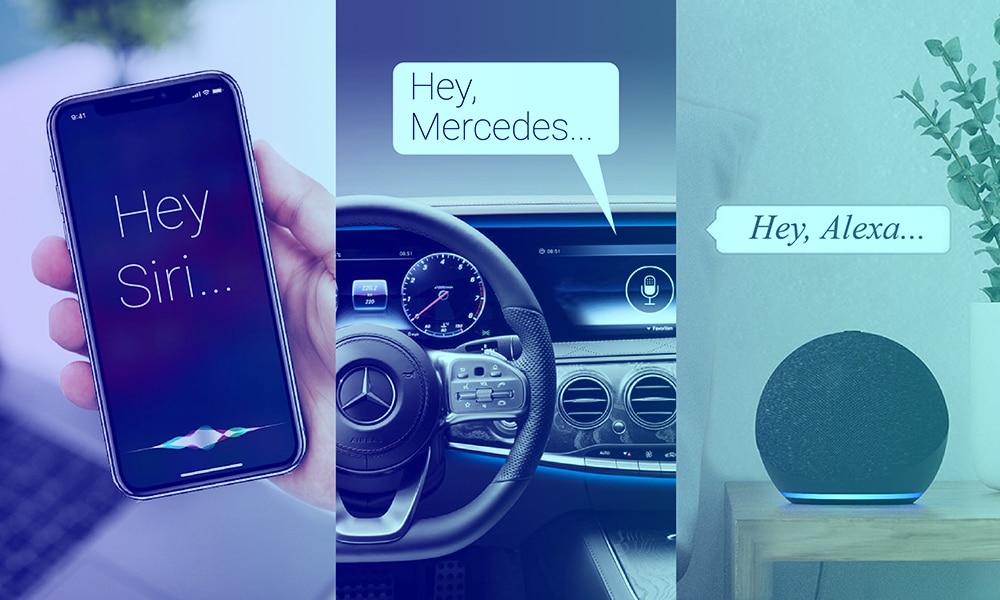Productivity, Efficiency, Creativity.
These are three words that have immense importance in every industry and organization. Generative AI has the potential to allow any individual to improve on these parameters. But what makes jaw-dropping generative great that every tech and non-tech organization wants?
Generative AI has been around for quite some time, but applications like ChatGPT, MidJourney, DeepFake, etc., have made it immensely popular. The increasing permeation of AI into our lives begs the question: how can anyone cope with this AI boom? We are attempting to answer this question today with the help of extensive research, examples, and studies.
Basics First | Understanding Generative AI
Generative AI represents a set of algorithms powered by machine learning and artificial intelligence we can use to create content. Just as humans can create any type of content, like audio, video, images, text, etc. Generative AI, through its dedicated tools, can do the same.
Through its impressive capabilities, generative AI can understand the requirements fed into the system and create a befitting result in the desired format. You can use tools like ChatGPT to create text content, including taglines, blogs, newsletters, etc.
Why Get Onto the AI Trend?
A McKinsey report finds that generative AI can add value worth trillions of dollars to the economy. With the limited use cases of generative AI that have been found till now, they can add between $2.6 trillion and $4.4 trillion.
The majority of this value will contribute to four domains:
- Customer Operations
- Marketing and Sales
- Software Engineering
- R&D
In each of these domains, generative AI, when used in the right way, can enhance how an individual works. It has the potential to improve the worker’s productivity by automating repetitive tasks.
Applications of Generative AI
Generative AI has several applications benefiting every type of organization;
Image Generation

Feed in a text prompt, and an AI tool like MidJourney or Dall-E will generate an image. Similarly, you can use such tools to enhance images, improve aesthetics, and add more details.
Use generative AI to complete images by adding more parts or changing the image style, lighting, form, etc. You can change the image orientation from;
- Change the light texture of the image from dark to bright or day to night.
- Change the image color from monochrome to colored.
- Change the image style from original to painting, Monet, van Gogh, Cinquecento, 3D, artistic, etc.
- Converting sketch-based and semantic images to realistic ones.
- Transform close-up portraits into emojis and animated characters.
Create Videos

You can now create videos from scratch using the power of generative AI. AI can help you automate repetitive and tedious jobs in video creation, including composing, adding effects, animations, narrating, adding characters, etc.
With AI, you can also predict the future frame in a video. With temporal and spatial elements understanding, AI can produce the next sequence in a video with near accuracy.
Some of the specific use cases in video generation include:
- Restoration of old videos to improve their quality with AI-powered upscaling.
- Face synthesis and voice cloning with deep fake technology.
Make Music

The next amazing task AI can complete is to create music by learning the existing patterns and music input. Use AI to create original music for almost any purpose.
AI uses Text to Speech (TTS) generators that can create realistic audio from text. It can also assess an existing audio file and its voice only to create similar audio content.
Create and Generate Text

One of the heavily practiced applications of generative AI is creating text. Here tools like ChatGPT are taking the industry by storm and allowing everyone to generate content with prompts.
The beauty of text generation is that an AI model can learn the writing style and tone to create content in the required format and standard.
In text generation, AI can do some amazing things, including:
- Text manipulation with a prior understanding of the tone and format.
- Text summarization of elongated excerpts of written content.
- We are simplifying complex content.
- Classifying text based on pre-selected parameters like sentiment, topic, tone, etc.
Code Generation and Completion

Another amazing application of generative AI is that it can help with code completion and generation. You can submit a programming code snippet and ask it to complete the same or ask the AI tool to create code from scratch.
In code generation, generative AI can help with the following:
- Creating test cases for code analysis and assessing software functionality.
- Automated bug fixing in the written code.
- Implementing machine learning models in existing software.
Start using AI to understand and solve customer problems. AI has the potential to help you clearly define the steps on how to solve a problem or how to leverage a gap that your competitors are missing.
Adapting and Following the AI Boom
Even a self-reliant, smart AI model like ChatGPT needs training and assistance. ChatGPT has been fed with 45 terabytes of data, and 1 terabyte storage can store up to 250 full HD movies or 500 hours of HD video.
After training, ChatGPT and other AI models can generate the desired response. So for a business to stay updated with the current dynamics, they need to step on their AI game.
Before taking any step, you need to understand the fact that AI is here and it’s no longer a concept. AI is already thriving, and businesses are benefiting from using its capabilities.

Identify and Test Generative AI Use Cases
The first step for maturing in generative AI is to identify the use cases where you can implement related solutions. The majority of the tasks related to Generative AI include creating texts, images, and videos. Find out if there are other use cases pertinent to your business and jobs.
Once you identify the use cases, test-run the following with your business requirements. Measure each tool and use case with the desired results.
Fine Tuning and Strategic Changes to the Existing Model
Whether updating an existing AI model or building a new one, the right strategy is essential for seamless implementation. For fine-tuning, try to improve the in-house capabilities and leverage the existing talent, resources, and investment to jumpstart the AI implementation part.
However, the critical part here is to understand the functionality completely and have extensive domain knowledge. Coping with the AI boom is not possible without possessing the required knowledge. Hence, take time to train and find the right people for all the parts of the job.
Check Every Use Case
Once you have identified the AI model to implement, measure every use case with the model. Measure the progress and drill down to every merit and demerit. Identify AI’s capability to assist with business flow and help solve existing problems, and bring new capabilities.
Using this scheme, you can identify the top priority projects and use cases that can be completed with better execution powered by AI. One use case can be using AI to understand your customers.
Design Every Process Carefully
You can quickly build an execution plan powered by AI boasting the human-AI connection. From creating a simple workflow with minimal human intervention to a complex one where AI and humans will work together shoulder to shoulder, there are several possibilities.
Select the Right Tools for AI Implementation
ChatGPT is the unspoken king when it comes to content generation, but there are dedicated tools for other purposes like marketing, sales, customer services, etc.
The majority of AI tools are classifiers. Classifiers can be trained and modeled to distinguish between images of different subjects. In addition to classifiers, there are Foundation models and Transformers Architectures. The former is trained on a vast chunk of data sources, and the same can be adapted to solve existing and future problems.
Run Pilot Tests
Run pilot tests and measure results easily. For instance, create a blog with AI tools and publish it on your website. Measure the performance of the blog post with the ones that are written by a human. What difference do you see? Is AI better or worse than human-written content?
Measure, Check, and Identify Improvements
Based on the results of the pilot tests, make improvements in the AI execution plan. Making these improvements will help you achieve better results. However, these improvements won’t stop; as AI gets higher capabilities, the implementation process can further change and improve.
Conclusion
AI is a part of the global development system, and it has the potential to transform businesses for the better. Where it creates new possibilities, AI also has the potential to improve upon the existing systems and processes.
While implementing AI systems, focus on your organizational structure, requirements, and use cases. The key to generative AI success is identifying its uniqueness and customizing the implementation for your organization.
Identify the requirements, build a custom plan, and implement it strategically.







